One of the best things about the Rock My blogs is the diverse community that has been created. It’s always so fascinating to hear from you, our readers: where you’re from, what you do for a living, the stories you’ve got to share. It was brilliant to read about your experiences following my post about the first home that Rich and I shared, (including comments from a Kiwi, a German and an American – wow), and I was a little bit starstruck when one of the designers from Galt Toys left a comment following one of Lottie’s recent posts. And when we found out that one of our lovely readers, Lucy S, was basically the female version of Ross from Friends, we just had to ask her what a day in the life of an archaeologist was like.
I wanted to be an archaeologist from before I can remember: I think from the moment I could pronounce the word. Two weeks of work experience at the British Museum, exploring the store rooms beneath the Great Court and cutting out foam (artefacts are kept in drawers supported by polystyrene foam cut to their exact measurements), were an oasis in the desert of my school years. My undergraduate degree was three years of happy exploration of the ancient world, and hard acquisition of the techniques used to study it.
I knew I wanted to keep studying, so I started a Master’s degree, although many of my year-mates went off to forge successful careers in the commercial archaeology world: digging sites in advance of development, recording buildings and safeguarding our incredible heritage. I had done some work experience with the Portable Antiquities Scheme, an amazing national programme that records finds made by members of the public- have a look on their online database, where all these artefacts are free to view- and I thought this might be an avenue I wanted to explore. But fate intervened, as at the urging of some inspirational mentors, I applied for and won an Arts and Humanities Research Council funded PhD place, with an additional year of funding for language study.
I did my PhD on the Etruscans- an incredible people of pre-Roman Italy. For me it was love at the first sight of the things they left behind them: pots burnished black to look like bronze, tomb paintings filled with life, and intricately beautiful sarcophagi of men and women posed as though at a banquet. Those famous black and red vases from Greece? The majority of them were found in Etruscan tombs.
As part of my PhD, I felt I needed to go out and dig. I was very lucky to work at the site of Poggio Civitate. This amazing place, just south of Siena, was once home to the largest structure in the ancient Mediterranean at the time it was built. But it was deliberately torn down and destroyed in the middle of the sixth century BCE, so that’s why you’ve never heard of it. The site has a database of finds that’s free to access, if you fancy a peek. A typical day working as an Area Supervisor at the site looked a bit like this:
5:45am
Alarm goes off, dress in old vest top, sports bra, shorts and boots. Apply layers of sun cream and insect repellent. Scramble downstairs to the communal dining area and grab a healthy breakfast of Nutella on Tuscan bread, fill up my water bottles and double check my backpack has everything I need for the day. Set off on the mile-and-a-bit hike up to site.6:40am
Arrive on site. Remove protective tarpaulin and any lizards or insects from my trench area, and think through my plans for the day. How will I manage the different personalities I will be working with, and what archaeological features are emerging? Which tasks are most important? Enjoy the sounds of Tuscan early morning and some peace and quiet before …7:00am
Students arrive, and we start work. Working with students is a real privilege as they are usually so enthusiastic and full of energy. I like to start the day with a discussion of what they feel is going on in the trench, and lay out my expectations for our day of work. In the early days of the season, this might be getting through a layer of topsoil or removing a tree stump. Towards the end, it might be getting a particular feature really clearly exposed, or beginning an experimental deeper section in the trench. If there is heavy work to be done, working with the large pickaxe or mattock, I like to do the first shift myself. You can’t beat leading by example, and it reminds everyone of good technique. As the students move in to sort any broken up soil, I write in the trench book. I record our actions with pen and paper here, and it will be typed up and added to the excavation database later. This is also a good time to take photographs as the light is consistent: we take a picture every time we declare a new locus: a new stratigraphic layer in the soil, or a new archaeological feature that should be described separately from the rest of the trench.9:15am
What my American colleagues call “Cookie Break” begins. An important opportunity to grab some carbs and sugar! A good chance to head off away from the site and any paths to commune with nature and empty your bladder. At the end of the break one of the supervisors leads a quick stretching session for everyone to avoid any back injuries. After ten minutes, it’s back to work as the sun begins to feel hotter. As the day heats up, I check in with my team at regular intervals and keep an eye on their fluid consumption and sun cream application. It’s easy to get wrapped up in what you are doing and realise too late that you are either sunburnt or dehydrated- a good supervisor should be watching out for this.12:00pm
Lunchtime. The excavation cooks send up a packed lunch for everyone, and we head for the shady spots in the forest that cover the hilltop site, away from the trenches. The staff normally scarf down their food and then regroup, talking over the morning’s excavation. The site director will offer her thoughts and advice on what’s going on, and we can assess how our individual areas relate to one another. It’s good to share problems and if one group is working at a distance from others it feels great to see some different humans!12:30pm
Back to work for the afternoon. This session of work often begins with recording the locations of any special finds from the morning. These might be fragments of architectural terracotta, pieces of metal including slag production waste, diagnostic fragments of bone or decorated pottery- anything unusual really. Bulk finds are collected together in special containers to be assessed in the excavation laboratory, but these special finds require more data: their exact location in three dimensions within the trench. They are then placed in their own individual containers.2:30pm
I call this time crazy o’clock. With an hour to go, and feeling like the hottest part of the day, tempers fray and mistakes are made. I always warn my team that this is likely, and stop everyone for a drink of water and a quick reassessment of our goals. I like my trench to look as neat and tidy as possible at the end of the day, so designate the final half an hour or so to housekeeping tasks, like ensuring that the sections in the trench walls are clear and absolutely vertical, and clipping any roots back. I also take a closing elevation for the day- the depth of the trench in each corner of each locus we have worked in that day. This allows me to assess how consistent we are being in our excavation across the trench area- and congratulate everyone on what we’ve achieved.3:30pm
The students leave the hill. Supervisors keep working, finishing on-site documentation and supporting each other. We then head down, some on foot and some (and the artefacts!) catching a ride in one of the dig cars. Reconvene at the site laboratory, to pass on finds to the lab director and conservation team. Our excavation director usually comes up to site at least daily, but this is also a great time to check in with him and ask any questions or raise concerns. Some days a member of staff will give a lecture to the students, other days we might stay behind to type up our handwritten trench notes or work on individual projects for academic publications.5:00pm
Walk back to our accommodation, usually with a stop at the village shop for something cold on the way. Shower and try not to nap before dinner.7:00pm
Dinner time. The excavation cooks have a tough job, making something for everyone, although they make the most of amazing local ingredients. Everyone eats together out in the accommodation courtyard, and notices are given for the next day. There are quite often events after dinner, such as tastings of local wine. More informal tastings of wine and beer also take place, but everyone is aware of the early start the next day!
As my PhD came to its end, I began to realise that academia wasn’t going to work for me. While I loved presenting my work, enjoyed writing and research and found excavation incredibly satisfying, the academic job market is fiercely competitive and intimidating. I couldn’t handle the repeated rejections, and when an alternative opportunity came up I jumped at it. I loved that job so much- working as a researcher for an archaeological travel firm, designing fascinating journeys into the world’s past. As part of this, I got the chance to explore French Cathar castles and the remarkable Chaco Canyon, as well as behind the scenes at some very special museums.
I also kept writing and working: on digital abuse and sexual harassment in archaeology, and publishing both my PhD and a series of articles on my Etruscan work. As a result of a magazine article I’d written, I was also invited to write a new book on the Etruscans for a general audience, just before I was due to head off on maternity leave. While I knew my job would be impossible to juggle with motherhood (although my company were very supportive and bent over backwards to encourage me to stay), writing was something I could do. That book was published this October, and I’m working on an exciting new project now- again for normal people. I would be absolutely delighted if you’d like to get a copy– to find out more about the Etruscans, and the important debates their archaeology provokes in our modern world.
Anyone else feel like they were there in the trench with Lucy, wielding a pickaxe in the Mediterranean sun?
Do you have a career that’s not your average 9-5 that we need to know about?


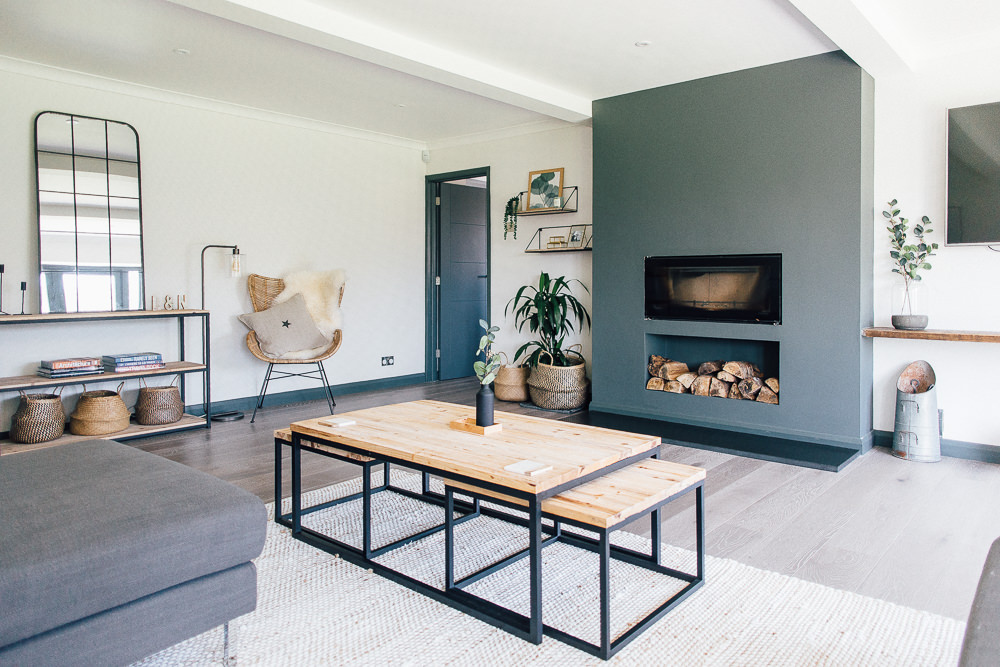
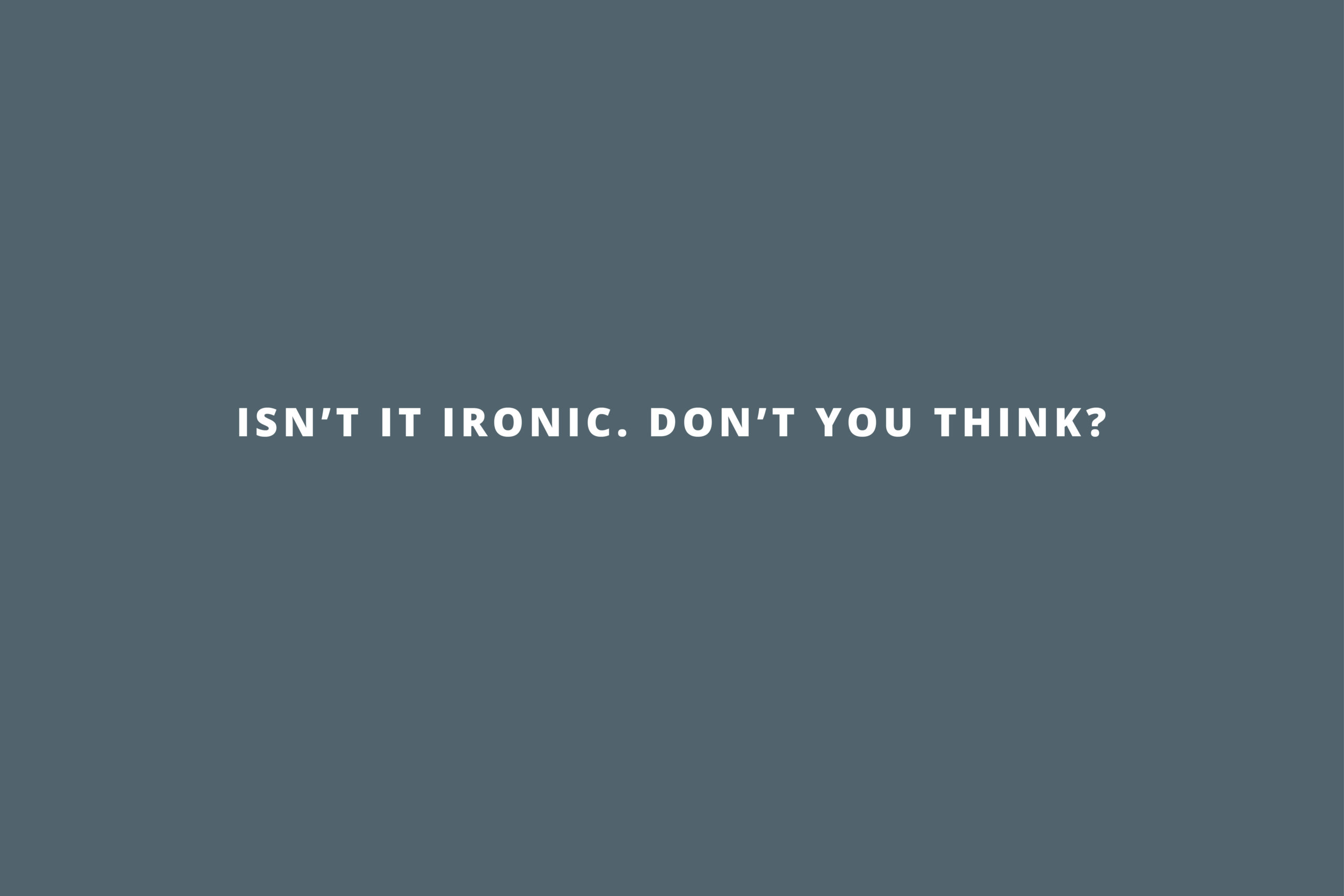

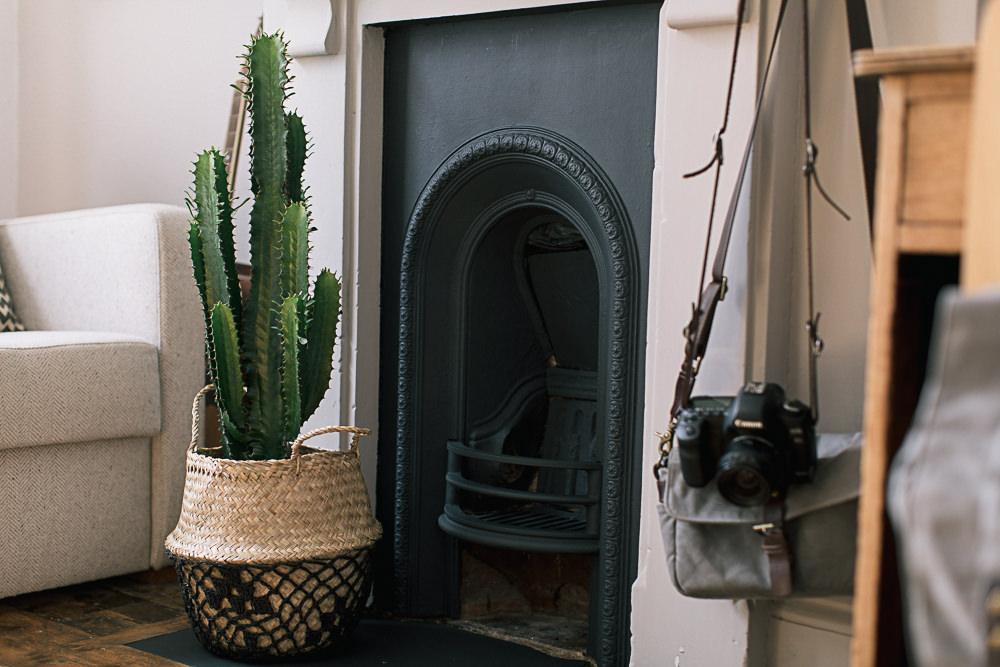
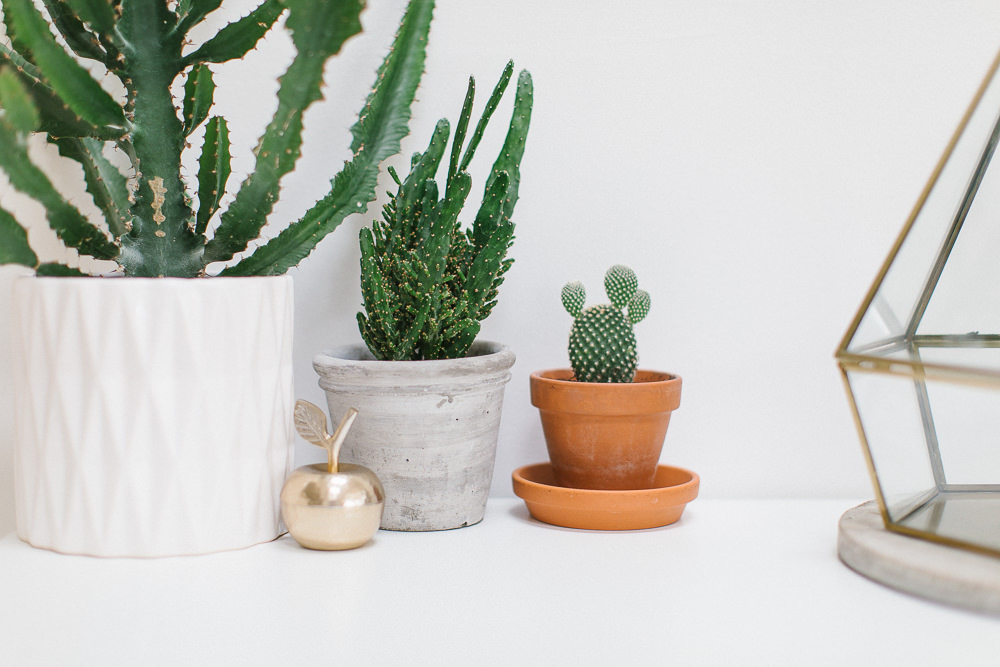
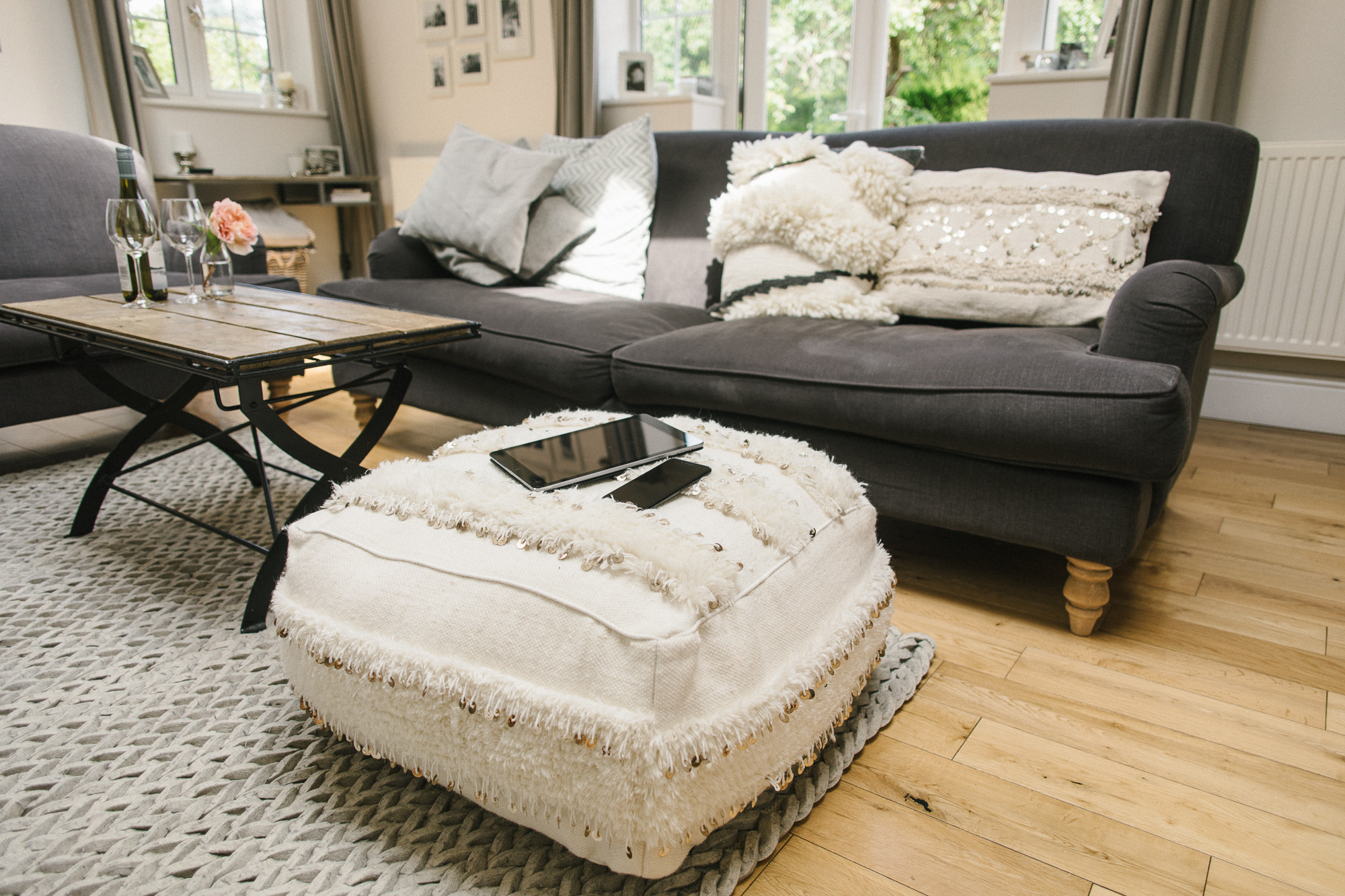
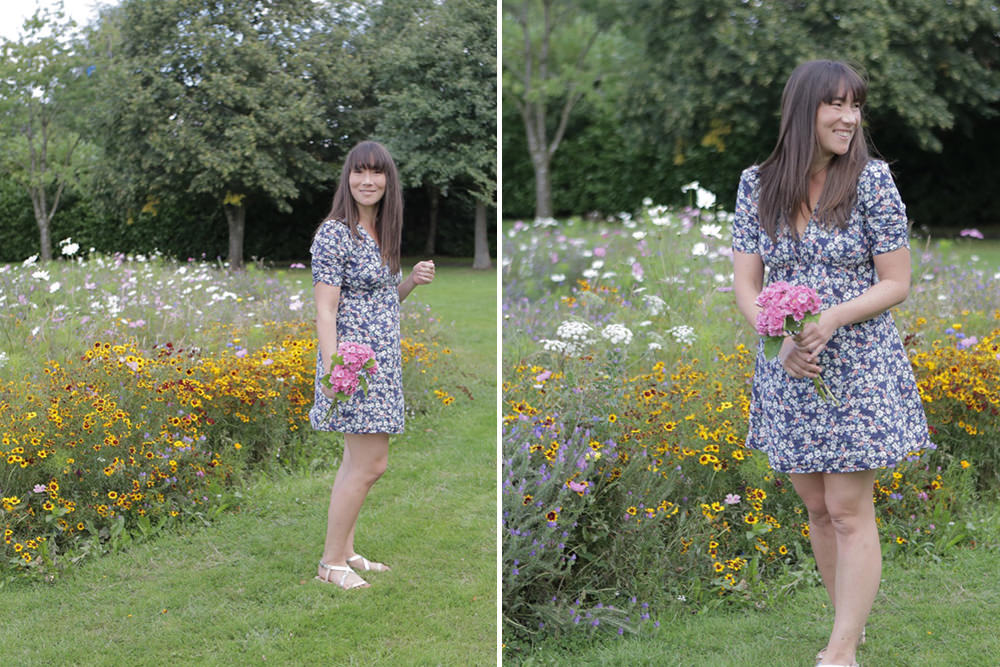
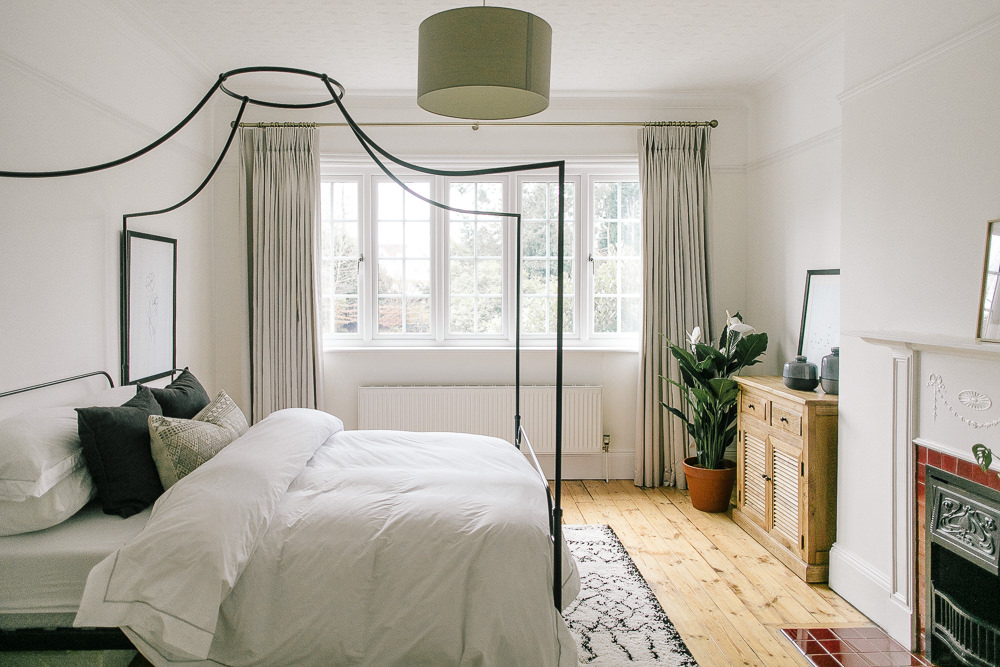


This is incredible! Lucy, what a wonderful career you’ve forged and how exciting to be responsible for those amazing discoveries.
You’re an absolute inspiration x
Thank you lovely- it’s funny as to me it’s just normal? And indeed pretty minor compared to colleagues and peers- but I’m happy 😊 xx
Wow that was so interesting thanks for sharing, Lucy! I love noseying into other people’s careers (and discovering how people adapt post-baby) so more of this ilk would be welcome, Rock My
Ahhh the post kids juggle! I really hope I can return to digging and research one day. I find your business and designs totally inspiring- so much hard work and talent on show. Do a piece yourself!
Lucy, you sound amazing. Your children are lucky to have such an inspirational mom. Will you go back once they are older?
Thanks so much Jade- I feel like a bit of a flop at the moment as my writing and work is quite hidden from the children and they just see boring old mummy. I’d love to get back to archaeology but think in academia my goose is cooked. Maybe a museum job, but they are as rare as hens teeth. I’d actually really like to go back and work for Portable Antiquities- great people, range of objects and actually helpful.
This was a brilliant piece – more of the same please!
This is great, I love hearing about other peoples jobs and the day in the life of stories….wouldn’t it have been fabulous if you got these from career councillors at school to get a real understanding of what a future career might look like?
I would love to hear a day in the life from the Rock My Style team as your roles seem fascinating!